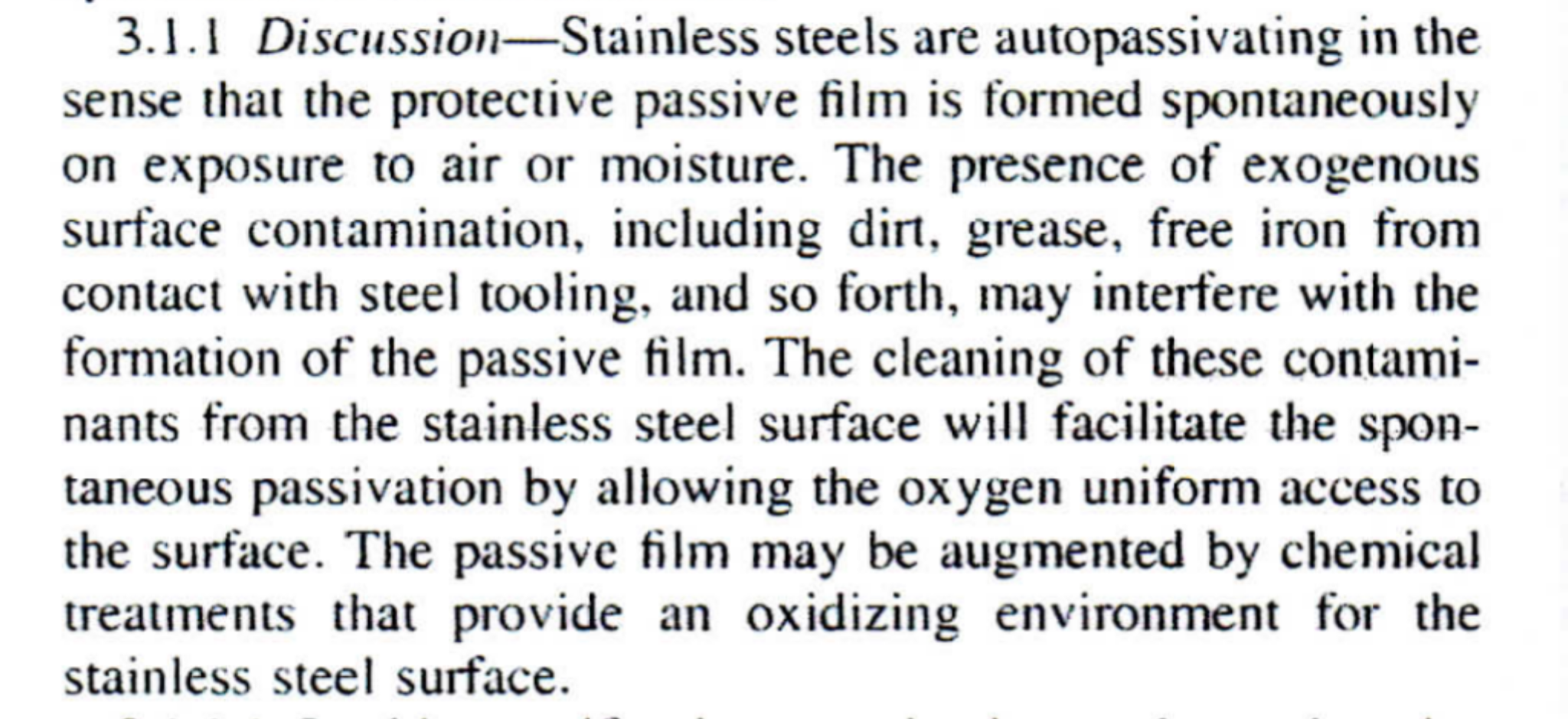- Joined
- Feb 16, 2012
- Messages
- 3,358
- Reaction score
- 4,248
- Location
- Either in the brewery or on the road
It's that time of year. No, not the holidays.
Time to pack up the brew gear for the season, and that means a thorough cleaning so everything will be nice and tidy when the permafrost starts to recede next Spring. Last night when my wife's "Bunco Broads" were having their annual Christmas get-together upstairs, I was relegated to the basement brewery (by choice) and decided it was an opportune time to perform that arduous task. So my electric kettle, brew bucket, conical and unitank all got soaked and scrubbed. During the brewing season they each get CIP cleaned after each use and look pretty clean, though I'm finding that looks can be quite deceiving.
This was my first season with the unitank and I have been favorably impressed, but I was shocked to find the numerous nooks and crannies where debris was hiding outside the reach of a CIP ball running at 17-20 gallons per minute. Nothing had breached the TC fittings or gaskets but gunk had collected in the tiny voids between the 'sanitary' plates and recesses for the sample valve port and carbonating stone port. Those will get special attention with each brew session going forward.
So everything got disassembled and soaked in PBW. The TC ports got capped and the tank filled with hot PBW solution for an extended soak. Following a thorough hot water rinse, everything (including the tank) got 20 minutes of contact time with StarSan and have air dried overnight. As long as the equipment is gonna' have some downtime, I figured this would be a good time to passivate the stainless. All of it.
A while back Brad Smith had either a pod cast or FAQ article about passivating but I couldn't locate it. I then thought that since StarSan is food acid based it might have already gotten passivated with my cleaning. But then I started perusing different fora and started getting conflicting information. Some say do it once a year. Some say you never need to passivate after the initial cleaning when new. One cited the StarSan website saying that it wasn't suitable or adequate for passivation. Nitric acid works best, but no; not using it in a non-industrial, non-laboratory setting. Phosphoric would work but I'm leery of messing up the septic chemistry. So I'm leaning toward citric as the 'solution', so to speak.
Curious about concentration (grams/ounces per gallon), contact time, and any special concerns or cautions about handling and disposal. The electric kettle is 8 years old, the brew bucket and conical are two, and the unitank has one season under it's belt. Each were initially cleaned when new with TSP and 'passivated' with StarSan. Each gets cleaned and/or CIP'd after each use with PBW/Oxy, rinsed and soaked with StarSan/SaniClean, then air dried. Looking for experienced guidance and suggestions. TIA.
Brooo Brother
Time to pack up the brew gear for the season, and that means a thorough cleaning so everything will be nice and tidy when the permafrost starts to recede next Spring. Last night when my wife's "Bunco Broads" were having their annual Christmas get-together upstairs, I was relegated to the basement brewery (by choice) and decided it was an opportune time to perform that arduous task. So my electric kettle, brew bucket, conical and unitank all got soaked and scrubbed. During the brewing season they each get CIP cleaned after each use and look pretty clean, though I'm finding that looks can be quite deceiving.
This was my first season with the unitank and I have been favorably impressed, but I was shocked to find the numerous nooks and crannies where debris was hiding outside the reach of a CIP ball running at 17-20 gallons per minute. Nothing had breached the TC fittings or gaskets but gunk had collected in the tiny voids between the 'sanitary' plates and recesses for the sample valve port and carbonating stone port. Those will get special attention with each brew session going forward.
So everything got disassembled and soaked in PBW. The TC ports got capped and the tank filled with hot PBW solution for an extended soak. Following a thorough hot water rinse, everything (including the tank) got 20 minutes of contact time with StarSan and have air dried overnight. As long as the equipment is gonna' have some downtime, I figured this would be a good time to passivate the stainless. All of it.
A while back Brad Smith had either a pod cast or FAQ article about passivating but I couldn't locate it. I then thought that since StarSan is food acid based it might have already gotten passivated with my cleaning. But then I started perusing different fora and started getting conflicting information. Some say do it once a year. Some say you never need to passivate after the initial cleaning when new. One cited the StarSan website saying that it wasn't suitable or adequate for passivation. Nitric acid works best, but no; not using it in a non-industrial, non-laboratory setting. Phosphoric would work but I'm leery of messing up the septic chemistry. So I'm leaning toward citric as the 'solution', so to speak.
Curious about concentration (grams/ounces per gallon), contact time, and any special concerns or cautions about handling and disposal. The electric kettle is 8 years old, the brew bucket and conical are two, and the unitank has one season under it's belt. Each were initially cleaned when new with TSP and 'passivated' with StarSan. Each gets cleaned and/or CIP'd after each use with PBW/Oxy, rinsed and soaked with StarSan/SaniClean, then air dried. Looking for experienced guidance and suggestions. TIA.
Brooo Brother





